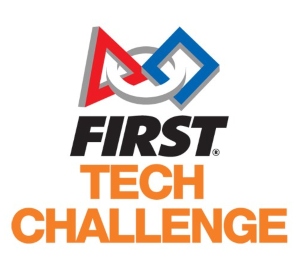 The SnowBots Middle School Robotics teams competed in Kingsford last weekend for the Yeti Cup U.P. FIRST Tech Challenge robotic qualifier competition. All three teams were in the finals and brought home awards from the competition. SnowBots teams are open to area sixth-eighth grade students, and meet at Houghton Middle School.
The SnowBots Middle School Robotics teams competed in Kingsford last weekend for the Yeti Cup U.P. FIRST Tech Challenge robotic qualifier competition. All three teams were in the finals and brought home awards from the competition. SnowBots teams are open to area sixth-eighth grade students, and meet at Houghton Middle School.
SnowBots teams are sponsored by: Michigan Department of Education, GS Engineering, Destination Unstoppable, Boundary Labs, ThermoAnalytics, IR Telemetrics, Michigan Tech Civil and Environmental Engineering Department, Michigan Tech Mechanical Engineering-Engineering Mechanics Department, Monte Consulting, and Houghton Portage Township Schools. The Kingsford event was sponsored in part by Michigan Technological University College of Computing. The Copper Country was also well represented with 18 community volunteers supporting the event.
Read more at the Mining Gazette.
States bound: SnowBots qualify for state championship
The SnowBots Middle School Robotics teams reached a first-ever milestone at the Pellston regional FIRST Tech Challenge qualifier on Nov 23rd. All three teams, identified by the colors Blue, Red, and Silver, have now qualified to compete at the state championship Dec. 13-14 in Battle Creek. SnowBots Blue and Silver qualified on Nov. 9 and the Red team will be joining them after their great performance in Pellston.

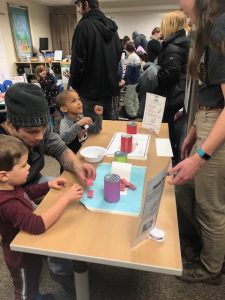
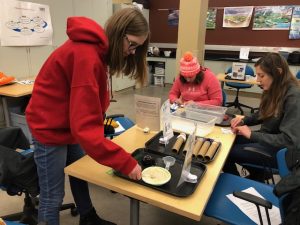
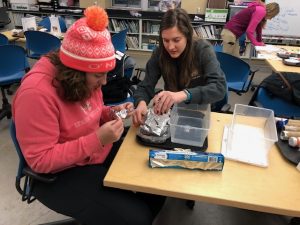
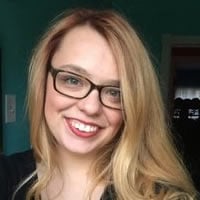
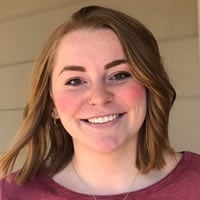
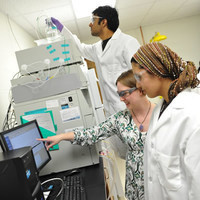 The
The 
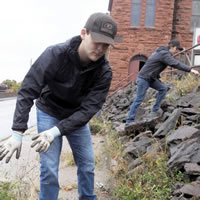

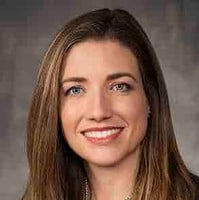
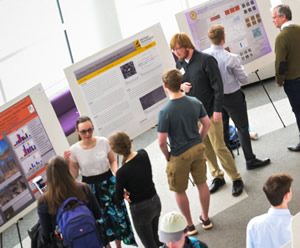 Are you interested in conducting research? Are you unsure how to locate a faculty member to work with? Join this interactive discussion featuring practical advice and tips for finding and approaching a faculty member for a research position.
Are you interested in conducting research? Are you unsure how to locate a faculty member to work with? Join this interactive discussion featuring practical advice and tips for finding and approaching a faculty member for a research position. Eighteen high school students from Detroit and across the lower peninsula are spending six days at Michigan Tech from July 22-27, 2019, to explore Natural Resources and Engineering majors and consider attending Michigan Technological University. This is the 5th year that the program has been conducted.
Eighteen high school students from Detroit and across the lower peninsula are spending six days at Michigan Tech from July 22-27, 2019, to explore Natural Resources and Engineering majors and consider attending Michigan Technological University. This is the 5th year that the program has been conducted.